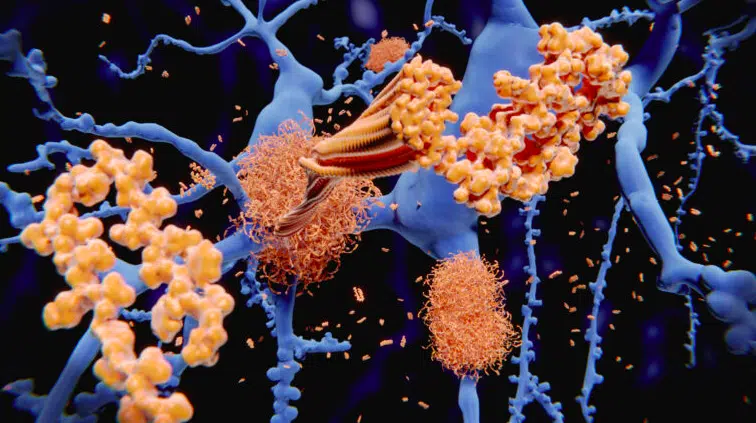A recent study published in the journal Nature Medicine sheds light on a peculiar occurrence involving a small group of patients who developed early-onset Alzheimer’s disease after receiving growth hormone derived from human cadavers during their childhood. This growth hormone treatment, administered to address short stature, was later found to have transmitted proteins linked to Creutzfeldt-Jakob disease (CJD), a fatal brain disease. The study suggests that in addition to CJD, the growth hormone treatment also seeded beta-amyloid proteins, a hallmark of Alzheimer’s, into some recipients’ brains. This protein transmission resulted in the development of Alzheimer’s disease decades later, marking the first known cases of transmitted Alzheimer’s. These patients did not exhibit classic Alzheimer’s symptoms, and their age at onset was notably younger than typical cases.
The growth hormone treatment under scrutiny involved the extraction of hormones from human cadavers, a practice that has been banned for over 40 years due to its association with the transmission of diseases like CJD. The study’s authors, who run a prion disease research and treatment center in London, identified just five Alzheimer’s patients among more than 1,800 individuals who received cadaveric growth hormone in the U.K. from 1959 to 1985. While these cases are considered rare and tied to outdated medical practices, the findings underscore the importance of proper sterilization practices in medical procedures, especially regarding neurosurgical instruments.
The study has broader implications for the ongoing scientific discourse on Alzheimer’s disease. While many researchers believe that beta-amyloid plays a role in the development of Alzheimer’s, the study’s findings raise questions about whether additional factors contribute to the disease. The cases under investigation suggest a potential prion-like mechanism in Alzheimer’s, similar to that observed in CJD. Despite the small number of cases and unique circumstances involved, the study adds complexity to our understanding of Alzheimer’s disease, emphasizing the need for continued research into its diverse mechanisms and potential contributing factors.

